
On June 12th, we mark the World Day Against Child Labour — a day of remembrance, reckoning, and, most importantly, renewed resolve. Because while the global community has long pledged to end child labour in all its forms, 160 million children around the world are still waiting for that promise to be kept.
These are not just numbers — they are stolen childhoods.
According to UNICEF, nearly 1 in 10 children globally is still trapped in child labour. Even more alarmingly, over half of them — 79 million — are engaged in hazardous work, which poses direct threats to their health, development, and even survival. These children work in dangerous mines, in chemical-laden fields, in homes they do not own, and in factories that deny them both rest and rights.
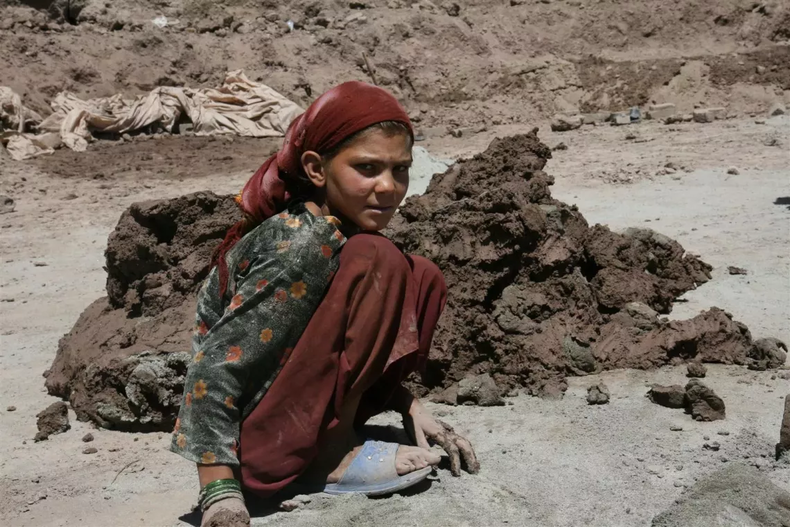
From 2000 to 2016, the world made notable progress, reducing child labour by nearly 94 million. But that momentum has not only stalled — it is reversing.
Since 2016, nearly 8.4 million more children have been pushed into child labour. If current trends continue, the ILO warns that a further 9 million children are at risk of joining these ranks.
The reasons are layered and global. The lingering socioeconomic fallout of the COVID-19 pandemic, climate-induced displacement, regional conflicts, and deepening income inequality have all played a role in driving families to desperate choices.
In Europe, including Germany, child labour remains largely invisible — but not absent. Refugee and migrant children are especially vulnerable to exploitation in informal economies, domestic work, and seasonal agricultural labour, often without access to education or legal protection.
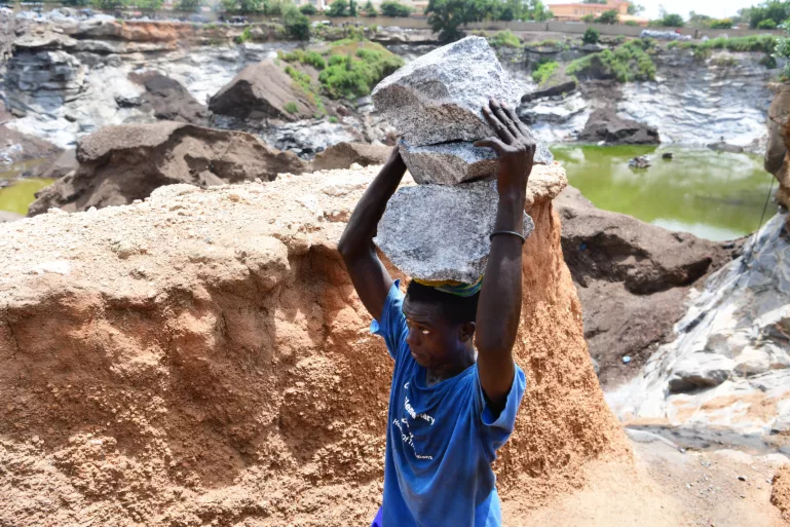
Child labour is not simply a poverty issue — it is a justice issue. It thrives where social protections fail, where education is inaccessible, and where inequality is ignored.
To end child labour, we need transformational change, not symbolic action.

Education is the single most effective tool to prevent child labour. Yet, over 244 million children worldwide are currently out of school.
In rural areas, especially in low-income countries, school fees, distance, safety concerns, and gender norms often prevent attendance.
Governments must commit to free, inclusive, and quality basic education — including school meals, transportation, and sanitation facilities.
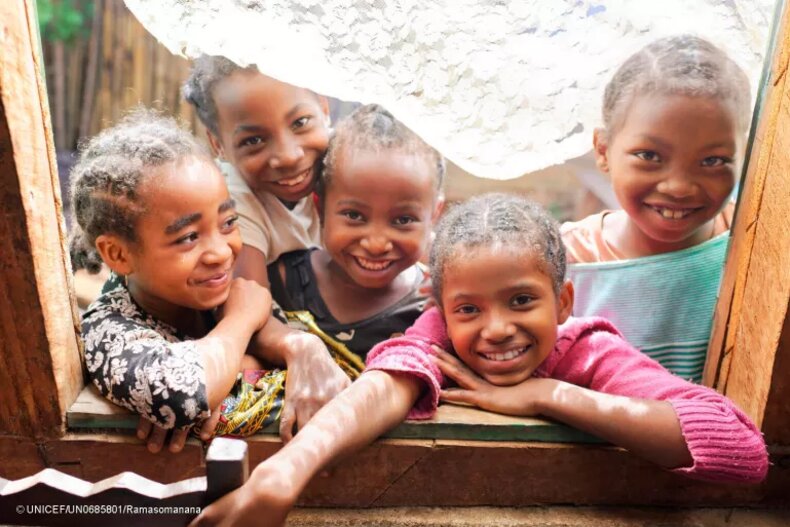
The UNICEF reports that more than 1.4 billion children globally are missing out on basic social protection.
Yet, programs like conditional cash transfers, child benefits, and family assistance have proven effective in reducing child labour.
However, even where laws exist, enforcement is weak. Investment in trained inspectors, child protection officers, and reporting systems is critical to making legislation meaningful.
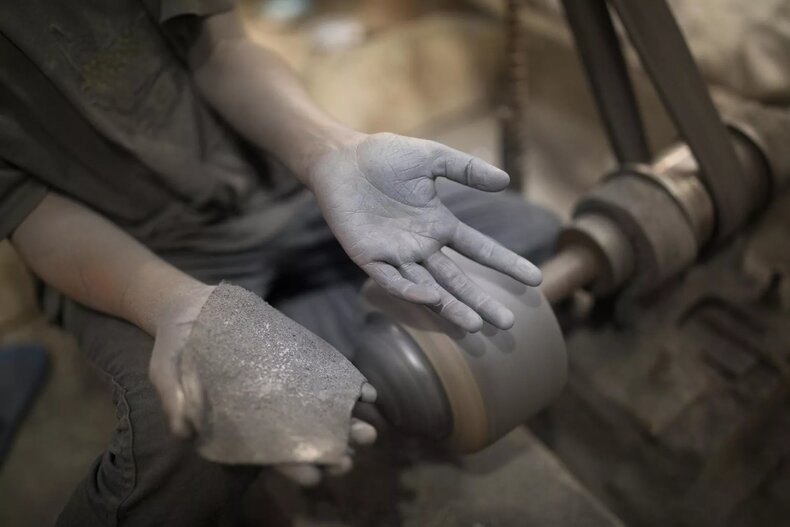
Industries — from cocoa and textiles to electronics and construction — must take full accountability for their supply chains.
The German Supply Chain Due Diligence Act, which came into force in 2023, is a step forward, requiring companies to address human rights risks. But legislation must be expanded and enforced, with zero tolerance for complicity in child exploitation.
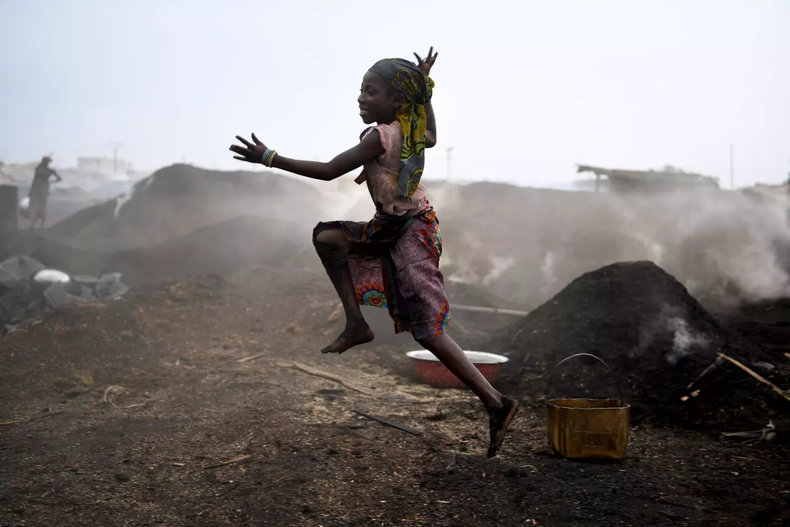
Child labour impacts girls and boys differently. Girls are more likely to be hidden in unpaid domestic work or early marriage, which is often not counted in formal statistics.
Solutions must address this gender gap by empowering girls with education, protection, and community support.

On this World Day Against Child Labour, let us go beyond raising awareness. Let us act — boldly, urgently, and collectively. This is not just about ending child labour — it’s about restoring the right to a childhood filled with learning, laughter, and love.
“We owe every child more than survival. We owe them the chance to dream,” says Ann Kathrin Linsenhoff.
Yours
sincerely

